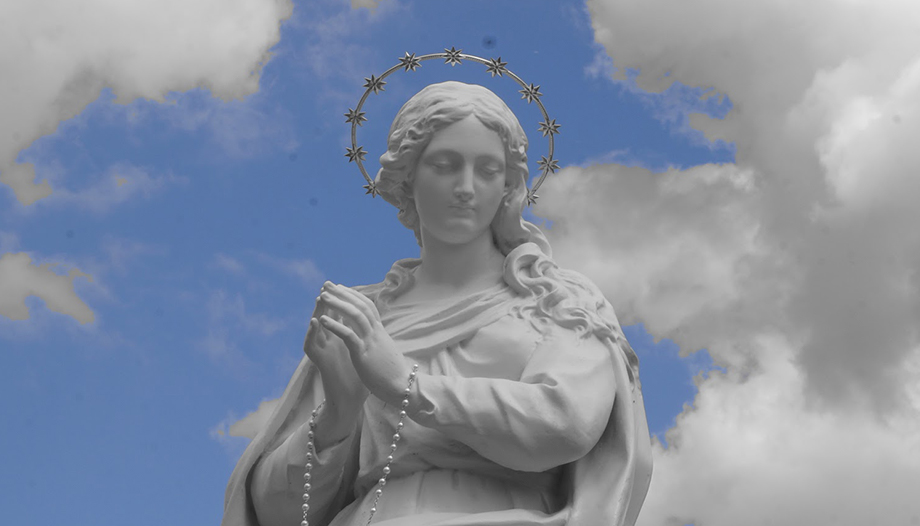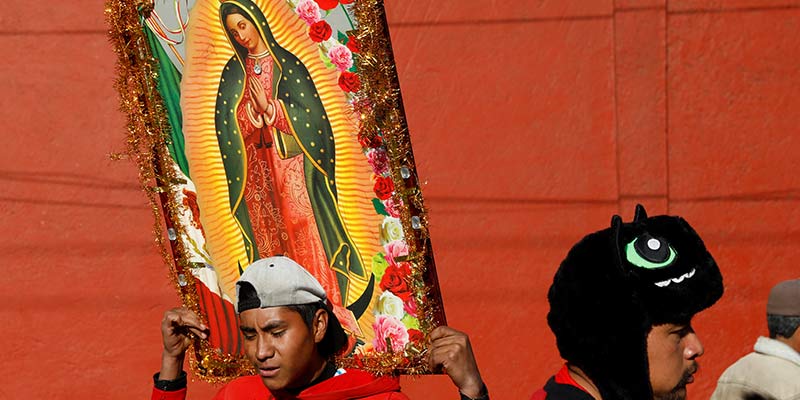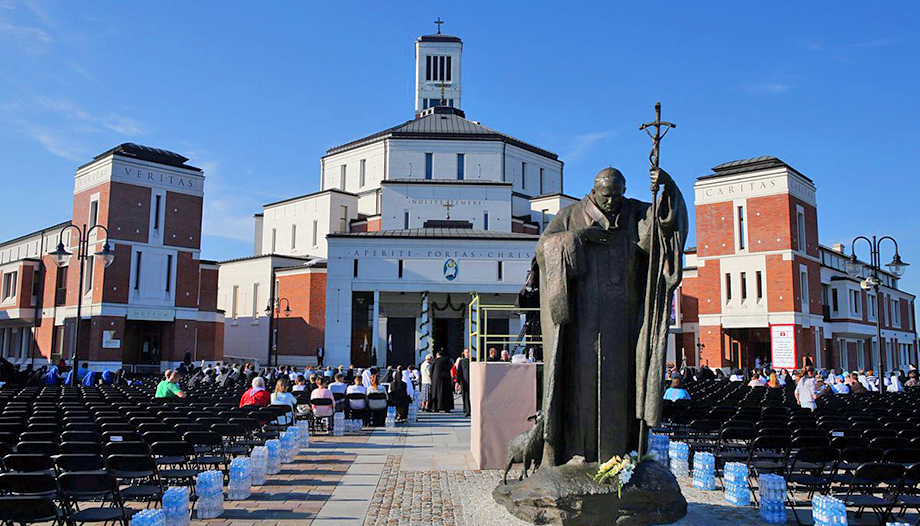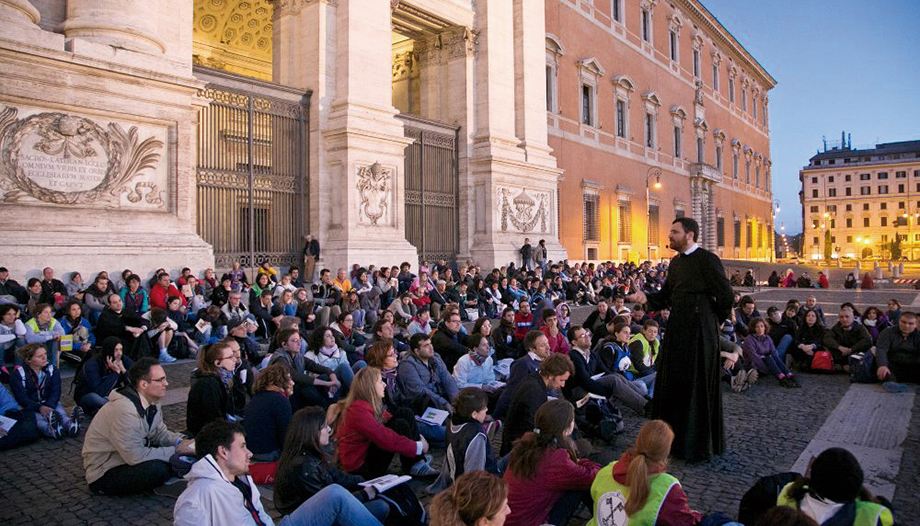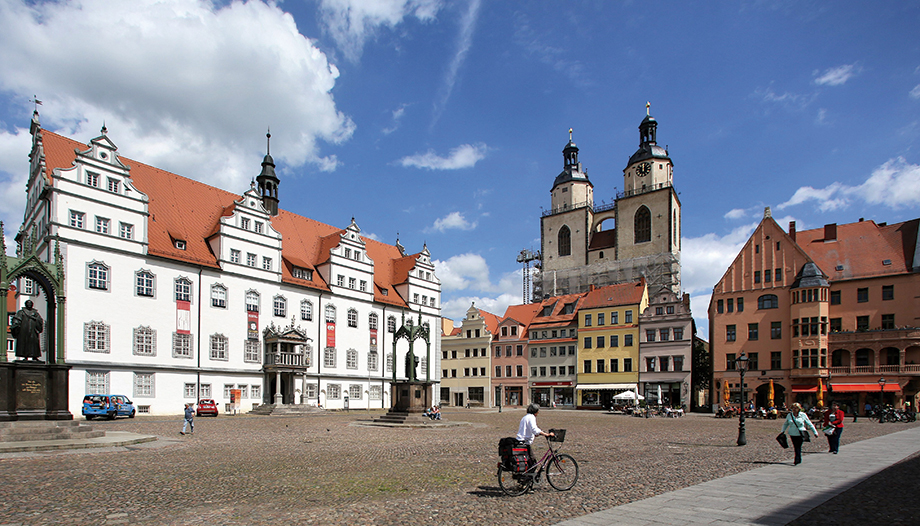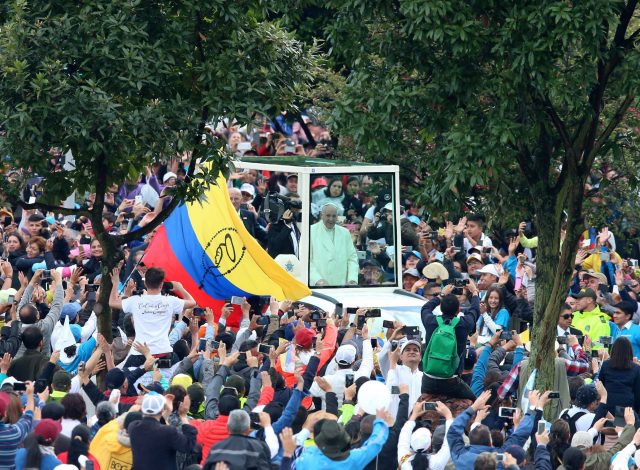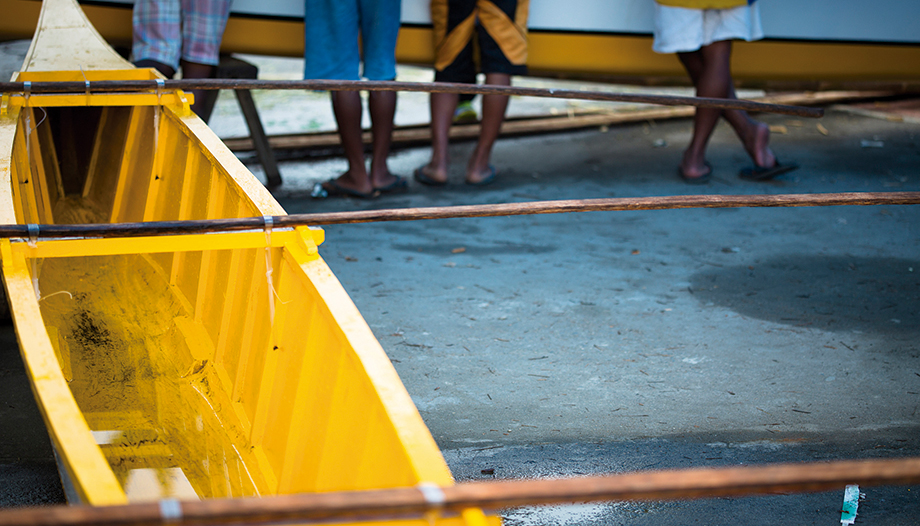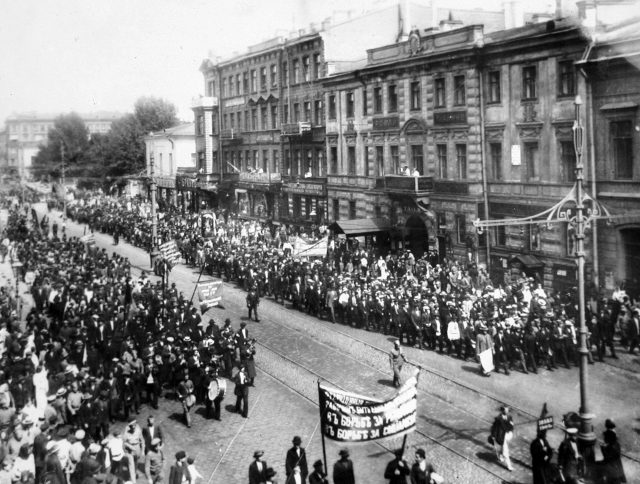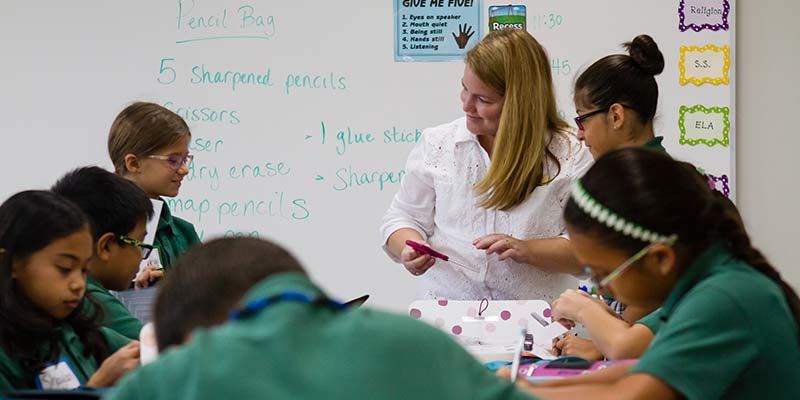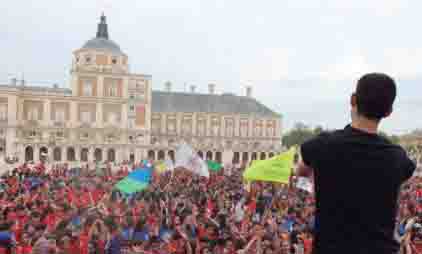Palabra wanted to interview Mariella Enoc in the run-up to the World Day of the Sick, which the Church celebrates every year on February 11, also to take stock of her experience, three years later, at the head of the largest polyclinic and pediatric research center in Europe.
-text Giovanni Tridente
"I know that I am not alone in this adventure; there are many of us working together and, therefore, each one of us makes a piece of this great mosaic.". Mariella Enoc, born in 1944, a medical graduate, has been president of the Pediatric Hospital since 2015. Bambino Gesùin Rome, the "Pope's hospital".
He has a long career as a member of boards of directors and responsible for presidential assignments, which he still holds today, in several foundations, always connected with health, and in any case in the field of management. A very respectable CV that clashes somewhat with his character, paradoxically always discreet and a lover of a low profile.
His appointment was decided by the Vatican to give a new direction to the healthcare structure, after the previous management team had been involved in some unpleasant episodes of embezzlement, which led among other things to a sentence of condemnation by the Vatican City State Court.
The Bambino Gesù celebrates 150 years next year. Born in 1869 as the first Italian pediatric hospital on the initiative of the Salviati dukes, following the model of the Hospital Enfants Malades The hospital was donated in 1924 to the Holy See, thus becoming in all respects the Pope's hospital.
More than 2,500 employees work there, it has more than 600 beds and is divided into 4 hospitalization and treatment centers: the historical site at Gianicolo, next to the Vatican; the new site next to the Basilica of St. Paul Outside the Walls; and the two sites located on the Lazio coast, in Palidoro and Santa Marinella.
Each year, the Hospital registers around 27,000 admissions and as many surgical procedures and interventions, around 80,000 first aid accesses and more than 1,700,000 outpatient services. Approximately 30 % of the hospitalized patients come from outside the region, while 13.5 % are of foreign origin.
Since 1985, the polyclinic has also been recognized as an Institute of Hospitalization and Scientific Care (IRCCS). In 2004, it inaugurated new research laboratories covering 5,000 square meters, which also include a Cell Factorya pharmaceutical company dedicated entirely to the large-scale production of advanced therapies for diseases for which there is still no sure cure, including leukemia and rare diseases.
It is also the only hospital in Europe that performs all types of transplantation currently available. In December, shortly before Christmas, after a 12-hour operation, two Siamese twins from Burundi were separated.
Pope Francis has been able to appreciate the work carried out by the pediatric hospital of the Holy See on several occasions. Last April, for example, when receiving in audience some hospitalized children - who, among other things, had participated in a moving documentary that was broadcast for several weeks on the third channel of RAI, showing the daily life of their serious illness - the Holy Father has emphasized the family atmosphere that characterizes the hospital and the "human witness" that shines through it.
Francis also expressed his support for the projects for the reception of small foreign patients, offering the hospital some drawings that had arrived from children from all corners of the world via La Civiltà Cattolica and are now part of a fundraising campaign to support initiatives for those without health coverage.
Finally, to the Infant Jesus, the Pope dedicated the first "Friday of Mercy" of 2018, January 5, to pay a surprise visit to the Palidoro headquarters and bring a gift to each of the 120 inpatients.
They say that you are very powerful, and discreet at the same time. Tell us a little about your life...
-I am certainly not powerful. I have always dealt mainly with private healthcare, both for-profit and not-for-profit. I have followed closely some Catholic hospitals in financial difficulties to give them the opportunity to be restored to health and to begin their mission with serenity and professionalism. When I was called here to Rome, I confess that I did not even know how to enter the Vatican. At first I had a hard time understanding why I had to be here and have all these problems. With time I realize that it is an experience that ends my life cycle in a certain extraordinary way.
So, I think I have received a gift, because not everyone has an opportunity like this and still feels projected into the future.
To what extent does faith affect your professional journey?
-Faith affects because it affects the Gospel, which I consider to be my key reference. Of course, there are easier and more difficult moments. Here too I have gone through very difficult moments, but then I have recovered by observing the strength and courage of so many people, trying to remain strongly in love with the Church. Faith, therefore, helps because it gives strength, it gives meaning to the mission that develops and because, thanks be to God, ours is an incarnated faith.
How do you manage to convince the people you manage?
-Certainly authority is required, but it must always be connected first and foremost with a sense of justice. For me in life there has always been justice and, therefore, charity, in the sense of giving proper recognition to people. Above all, we try to work together as one big team, because no one is more important or less important than another. Everyone also knows that here money is used for science and for the care of children, and that our hospital must also be a world open to other realities with which we collaborate: we do not shut ourselves up in an ivory tower.
In the Message for the Day of the Sick, which is celebrated on February 11, the Pope highlights the "maternal vocation of the Church towards the needy and the sick". Do you feel a bit like a mother to all hospitalized children?
-This is a definition that Pope Francis has used about me on the occasions when we have met. More than a mother, I feel perhaps like a grandmother. In my life I have had no children, no nieces, nephews or relatives, and I have practically always taken care of the elderly and adults. Certainly when I came here I found feelings in me that I never imagined I would have: today, if I see a child, even on the street, I hug him or her. And when I am very tired I have my own recipe: I get up and go to one of the medical services, and this gives me a lot of motivation. In the end, every woman always has a generative dimension that can be exercised towards all people: the elderly, adults, those who suffer, no matter if they are children or not.
The Pope also speaks of the risk of "corporatism," in which one forgets that at the center is the care of the sick person. How can you resist the temptation?
-This is the most difficult thing in practice, because in any case you have to balance the books and have budgets that give stability to the work you have in your hands, so that you have the possibility of moving forward and continuing your mission. We try to maintain this great balance, thinking about the budget but remembering that we are not a for-profit organization, and that everything we produce must be reinvested in scientific research, in care, in hospitality. It is not easy, but if you work as a team and everyone is also involved in budget issues, we say from experience that it can be done.
The Holy Father often speaks of a Church as a "field hospital". You, who are already a hospital, ¿do they also feel "campaigning"?
-We feel a bit of a frontier, because we carry out a welcoming activity that does not discriminate against anyone and opens our arms to all children who need treatment. At the hospital there are, for example, 150 cultural mediators for 48 languages, and this says a lot about the population we welcome. We also try to go to the outlying areas: one of our delegates visits the Roma camps in Rome every week to offer medical care to those who live there.
In the Central African Republic, in Bangui, we are basically rebuilding the hospital, relying among other financial means on what the Pope has offered us directly, and we are providing training for local doctors and for future pediatricians, in agreement with the country's university. We are doing the same in other countries, some of which are very advanced, such as Russia and China, and in Syria.
So what is the added value of these "missions"?
-Ours is a hospital that should reflect the model of the Church and, therefore, be universal. In these missions - we also provide assistance and cooperation in Cambodia, Jordan, Palestine and Ethiopia - we try to provide medical, scientific and even managerial training. We follow a rigorous approach to cost control, we pay people what is fair and on a regular basis, so as to encourage the loyalty of operators and doctors. This approach therefore allows us to promote the construction of a stable medical class in each of the countries with which we collaborate.
You are surrounded by many people with different needs. How do you manage to satisfy everyone?
-I don't think we certainly don't satisfy everyone. And we can't please everyone. We try to respond to all the needs we meet. When someone says to me, "You want to do a lot of things, but the world has very different needs," I always reply that the Samaritan took care of what he found. I do not presume to do everything, but I do want everyone we meet to find some response in us.
You are the "Pope's hospital", but you are also a scientific institute. What is your strength in this area?
-The people: the people who work there. We have 390 researchers at the moment, young, absolutely motivated. Many times, I must say, with remunerations that are not even adequate -because we cannot afford it- compared to what they give in return. We are investing a lot in young people, because we really believe that this hospital can be a place where there is experience, of course, but also a place where investment is made.
2,500 employees, almost 30,000 hospitalizations per year and as many surgical procedures and interventions. How can you sleep at night?
-I know that I am not alone in this adventure; we are many who work together and, therefore, each one of us makes a part of this great mosaic. We are truly a community, a family, as the Pope says, working together. In short, I have no feeling of loneliness.
Moving such a complex machine also requires a large amount of resources. How are they financed?
-We are accredited with the national health service, for which we work like all other hospitals at rates recognized by the Italian state. The funds for research, on the other hand, come largely from the researchers themselves, who win European calls for proposals and are largely self-financed. We try to be very attentive to costs, especially those that do not serve either for research or for care or relations. We are very strict about this. In any case, without donations we would not make it.
In the recent past there have been unfortunate situations that have been detrimental to the Hospital. Can we say that that phase is now closed, and that there is no danger for the Bambino Gesù?
-I hope so! I have also erased the past as such from my memory, because it is a finished, different era. Those who wanted to accept this new way of being of the Hospital have stayed. I believe that today at the Bambino Gesù there is a profound harmony, which may increase thanks also to the fact that the Holy See understands more and more the value of this structure.
How important is training for your staff?
-It is one of the fundamental themes. We started with a year and a half of training for senior management, starting with the key word "community" and going through a journey that included "transparency" and "communication". This has allowed us to begin to lay the foundations for the vision of the hospital we want. It is a process that must be continuous, because it questions one's own life, one's own certainties, and it is an experience that helps to mature.
What impresses you most about small patients when you visit them?
-Their courage, their strength. They are the strength and courage of their parents. I have learned one thing: in general, we believe that it is the parent who protects the child, and instead we continually see children who are very protective of their parents, who really try to protect them, so that their own suffering does not weigh too heavily on them. This, I confess, makes a great impression on me.
What is the most beautiful testimony that you collect, in turn, from the parents of these children?
-There are many. I meet the parents on several occasions. I was present at the death of a baby girl a few months old, and when Maria (it's a made-up name) finished breathing, I said to her parents, "Unfortunately, the hospital has failed." Their response was, "No, because our daughter has received a lot of dignity and a lot of love." Few people leave with a slammed door; most, on the contrary, feel strengthened and then maintain the relationship with the hospital. I have often wondered if, had a child of mine died here, I would have had the courage to return. They come back.
Do you think there is room for improvement?
-There are many. I am not here to list them, but there is a lot to improve: research, care, attention to the people who work there, spaces. We are also aware that we often make mistakes and we don't always get it right. To my communication experts I say that sometimes we must learn to communicate even failures: saying "we didn't succeed here" allows us to make ourselves true, because otherwise we make a bit of a "myth" and that's not good.
Plans for the future?
-We have many projects and we hope to realize them sooner or later. At the moment we are working to study the possibilities of a new structure. In fact, we are acquiring new spaces, especially for the reception and to be able to admit more children. There are small patients who stay here for several years, and this requires adequate facilities, more dignified spaces. There is a lot of love, but we also need the necessary space.
What would you want to say to young people, especially those who would like to go into the medical profession?
-Being a doctor requires a lot of passion. It is no longer as in the past, it cannot be conceived as an activity of profit and prestige. Today it is a true profession of service. And it demands a lot of sacrifices, a lot of willingness to do. But it is still a source of great satisfaction.
And to entrepreneurs, given that you are one?
-I say to entrepreneurs what I say to myself every day, that the good entrepreneur is the one who knows how to combine budget with humanity.











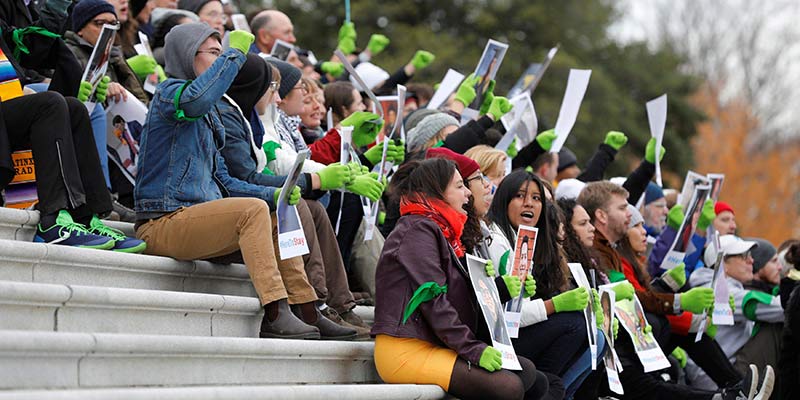
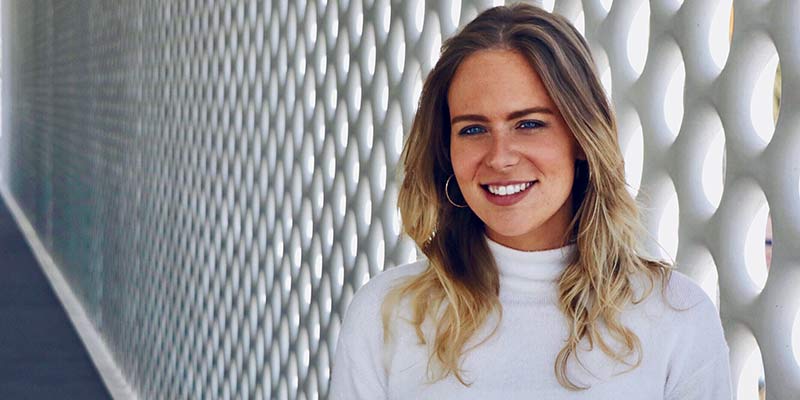

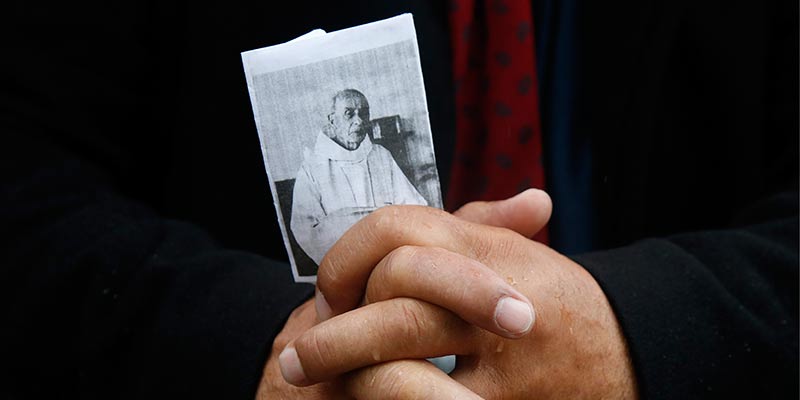
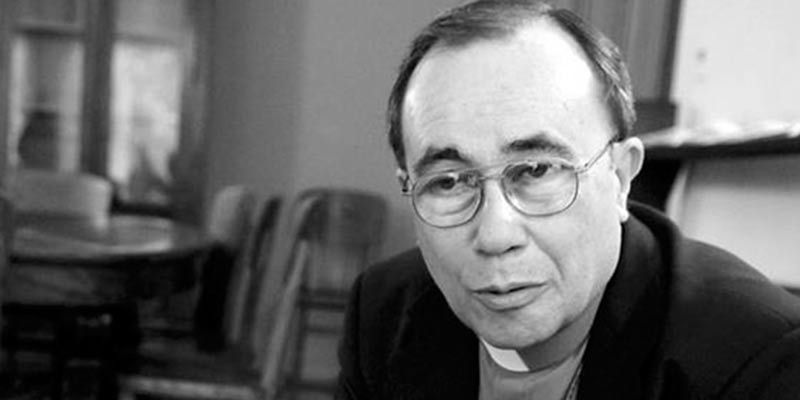
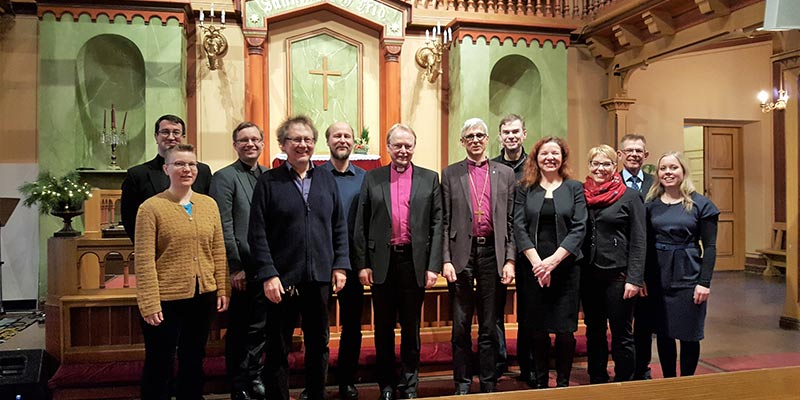
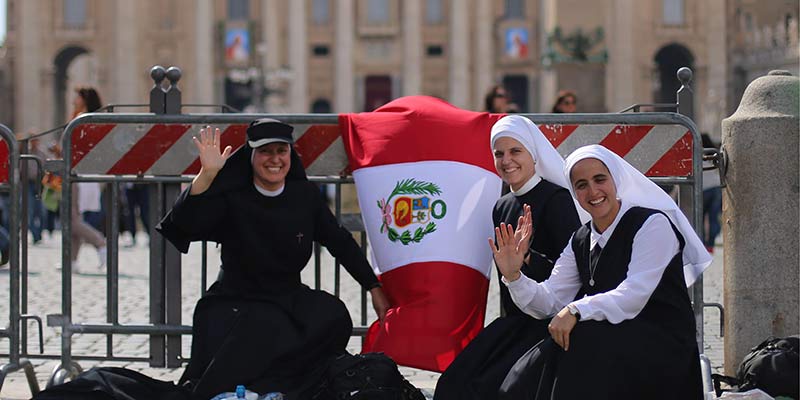
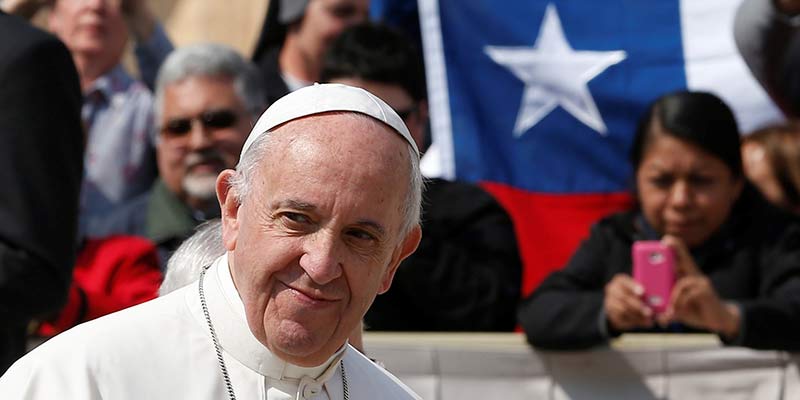
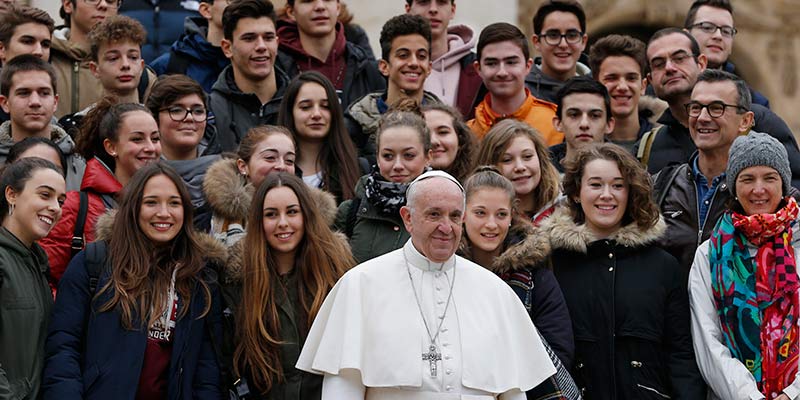
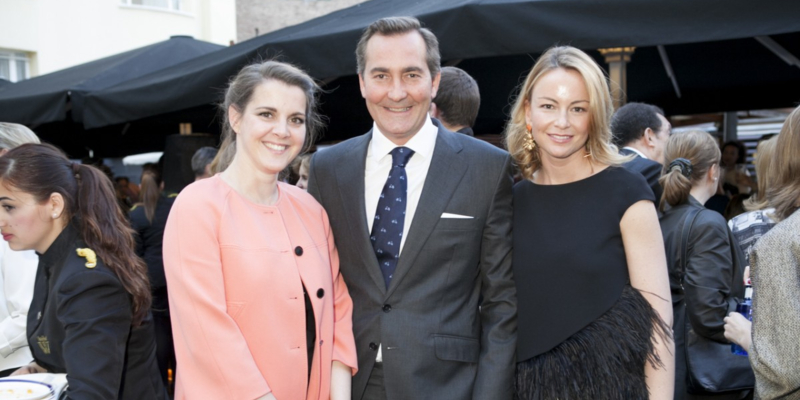
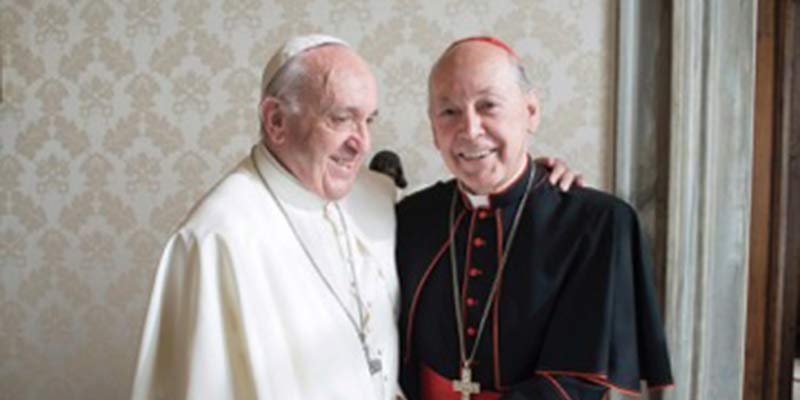
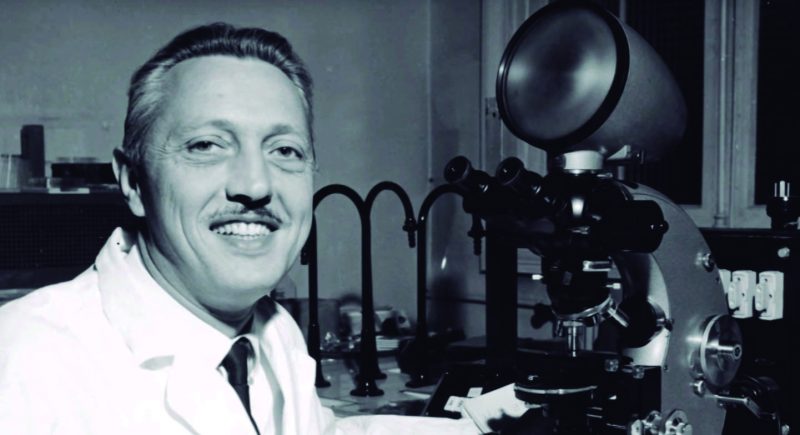
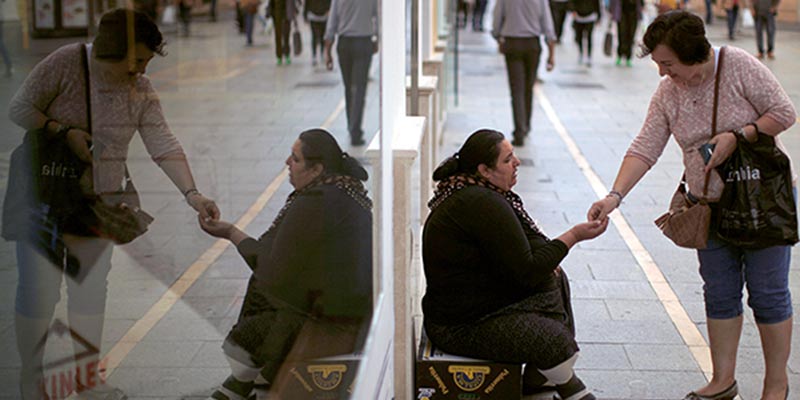
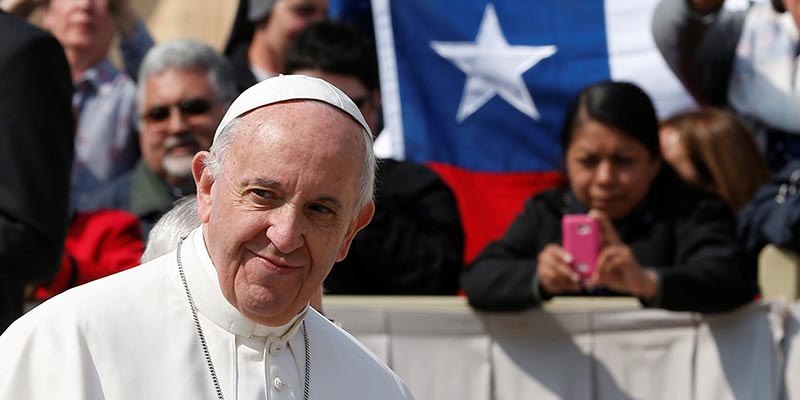

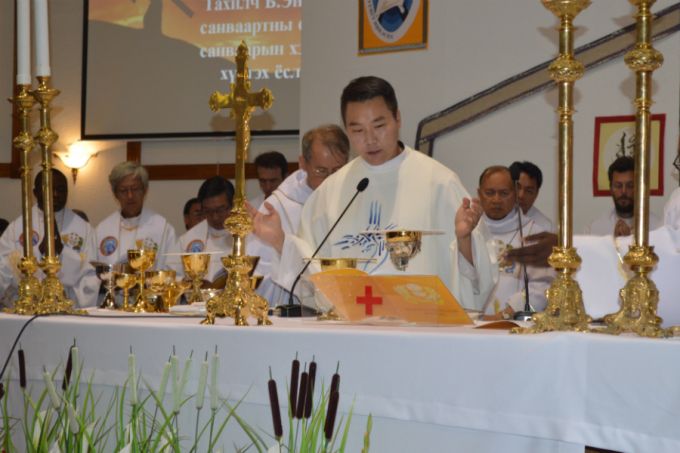
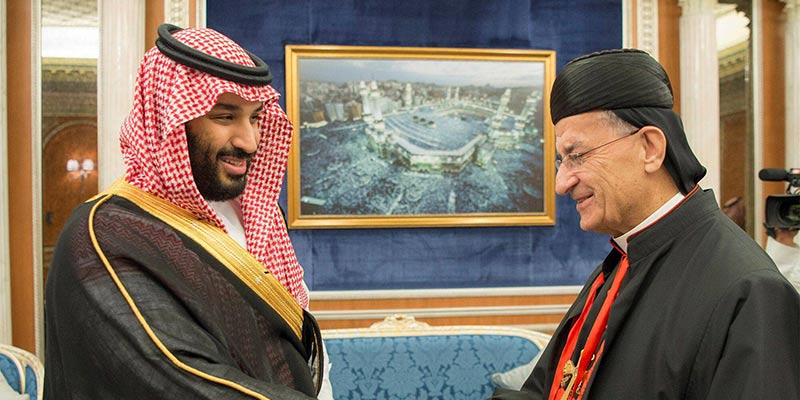
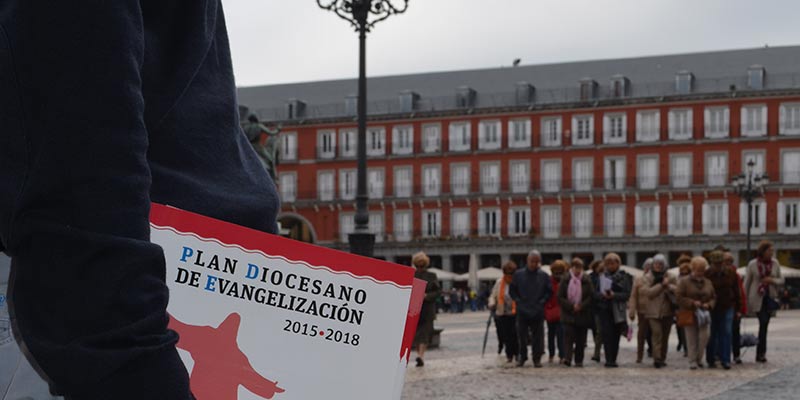
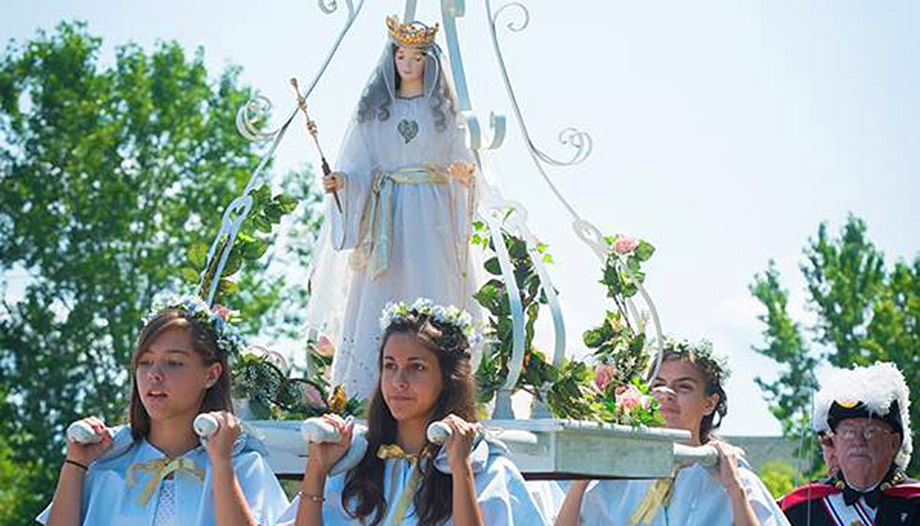
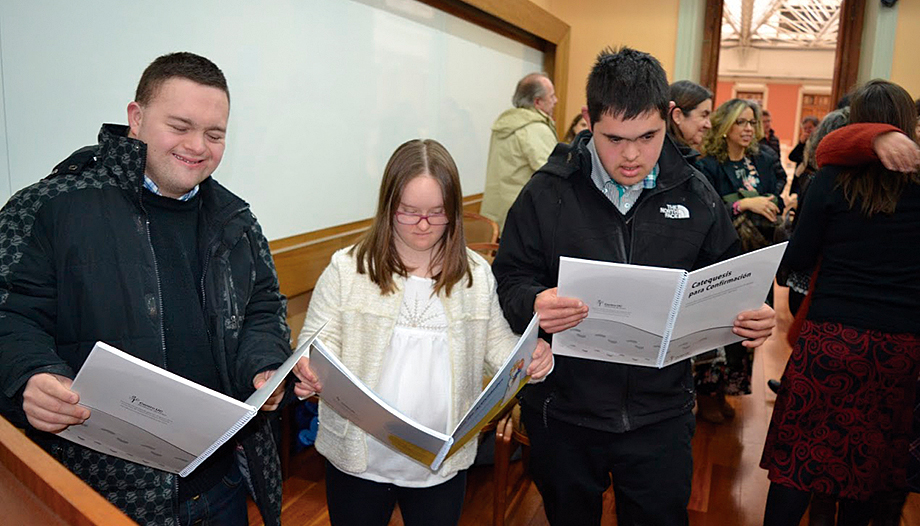
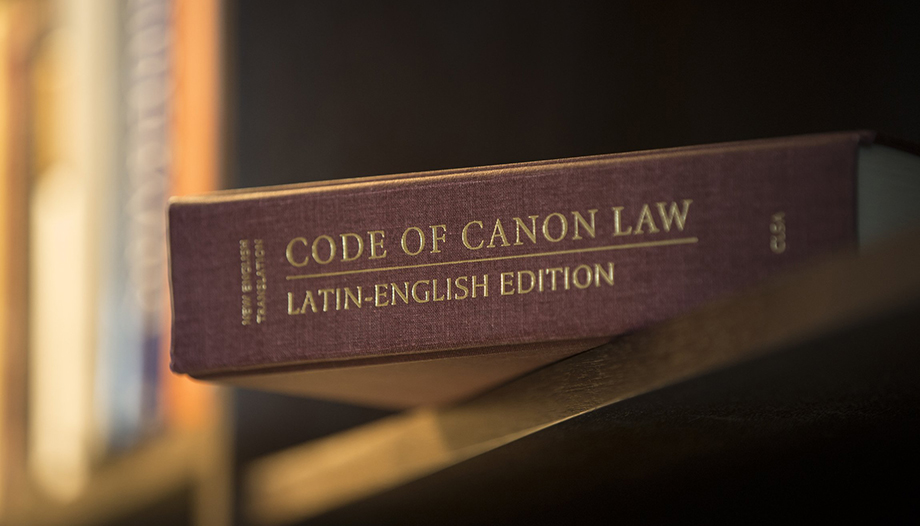
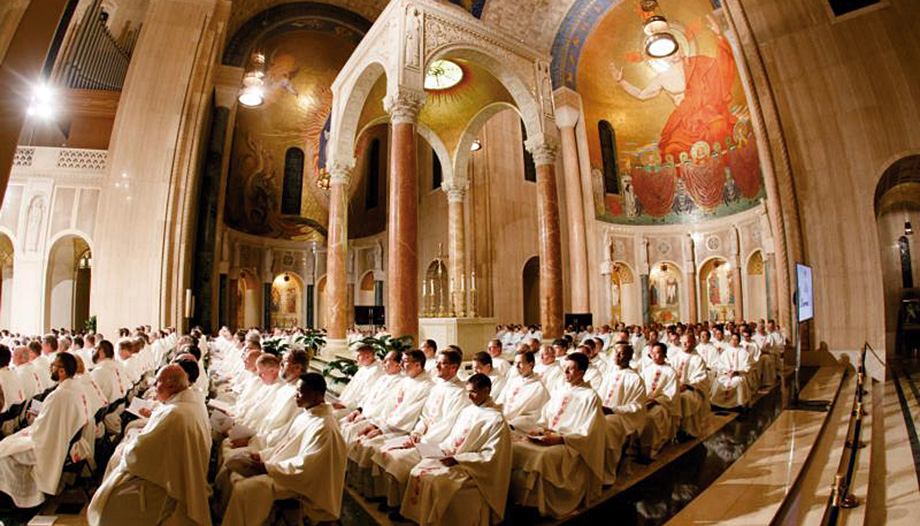
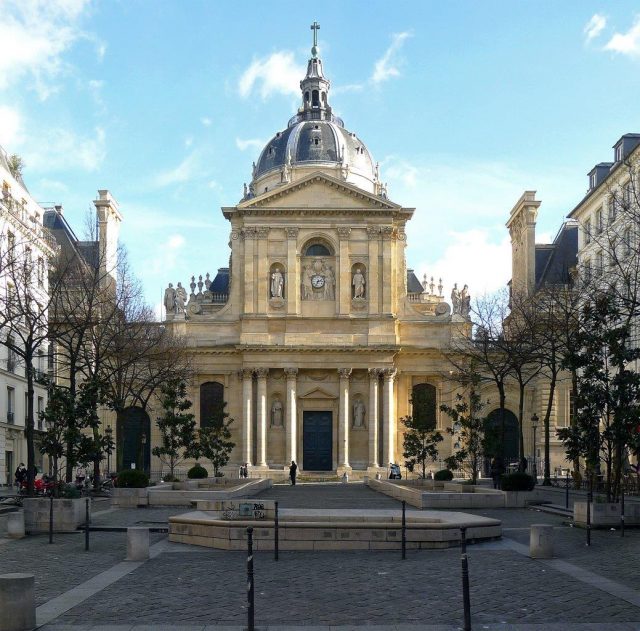
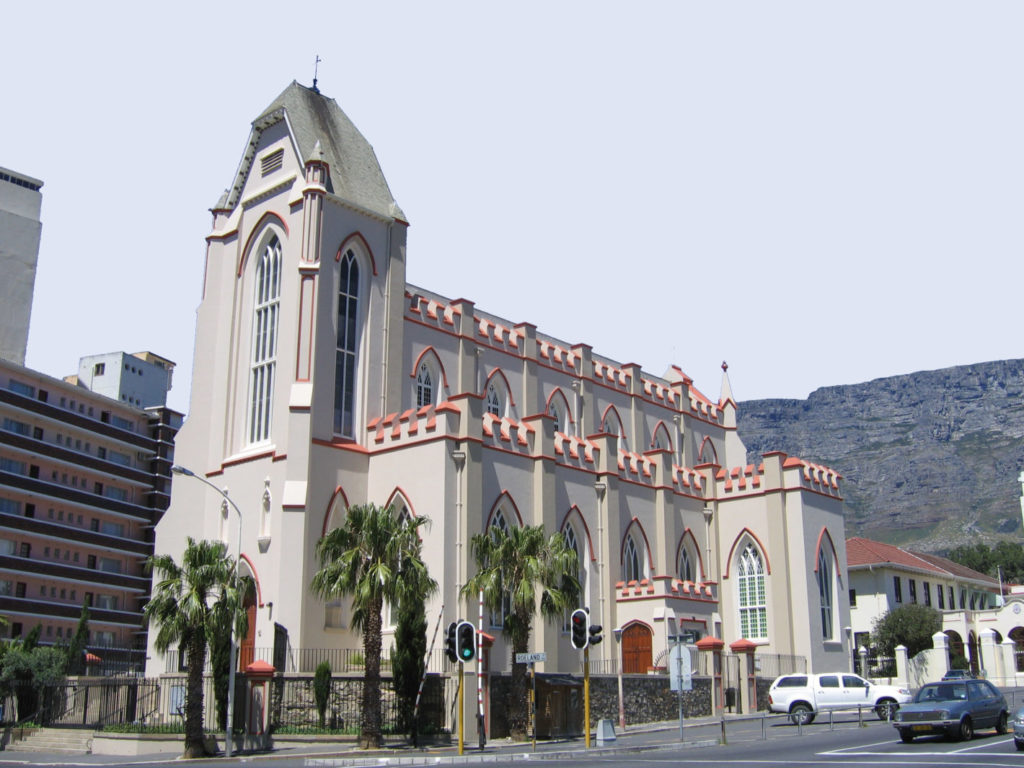
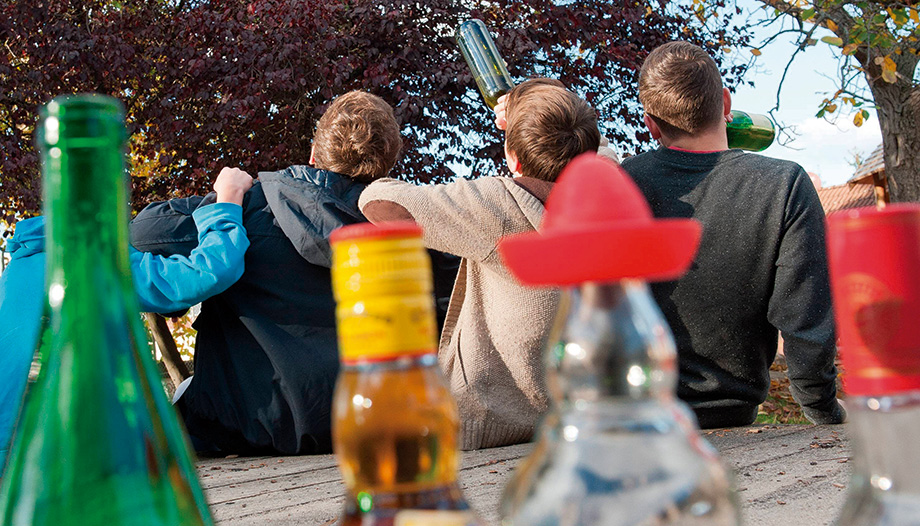


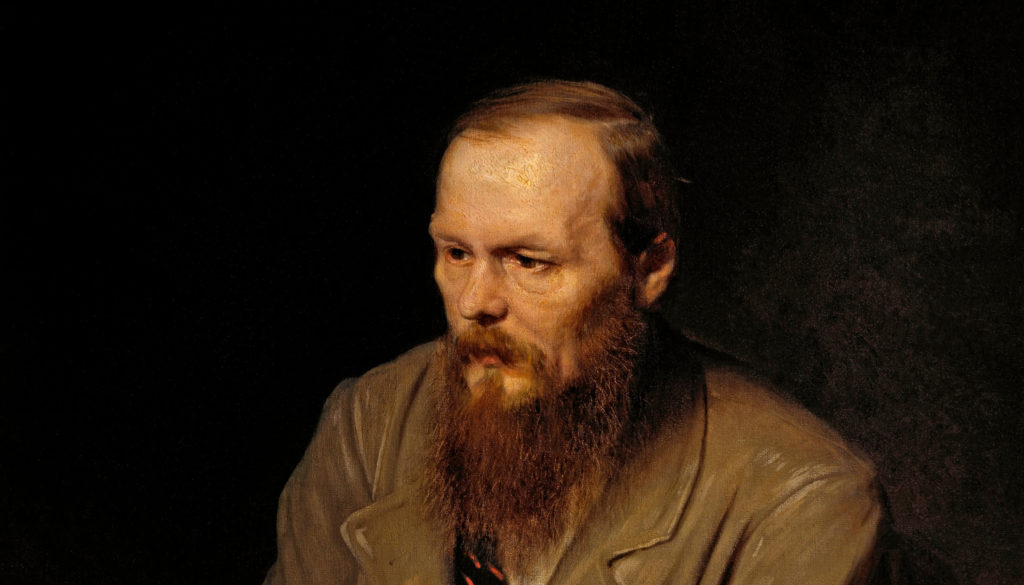
 Dostoyevsky in 20th Century Theology
Dostoyevsky in 20th Century Theology